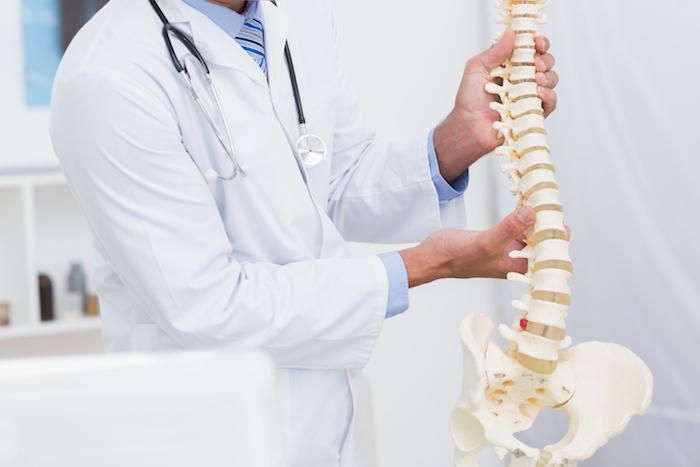Spinal stenosis refers to a narrowing of the spaces in your spine through which nerves travel. It’s a common condition, but the pain and other symptoms associated with spinal stenosis can confuse you since they may seem unrelated to your back or neck.
Our highly skilled team of pain management specialists at the Pain Institute of Southern Arizona has significant expertise in accurately diagnosing and effectively treating spinal stenosis. We’re happy to provide information that may help you recognize the signs of this sometimes-confusing condition.
Understanding the basics of spinal stenosis
The spinal canal runs through the center of your spine and provides a channel through which the spinal cord/nerves travel from your brain to your lower back.
At certain points along the spine, these nerves branch away from the backbone and carry instructions regarding movement and sensation between your spinal cord and the areas they serve.
Certain conditions can narrow the spaces in the spine through which these nerves pass. If the space becomes too narrow, it crowds or “pinches” the nerves. This can lead to nerve irritation and inflammation, which causes the pain and other symptoms associated with spinal stenosis.
What conditions cause spinal stenosis?
Some individuals are born with narrow spinal spaces. Scoliosis, accidents, and trauma that damage the spine can also cause stenosis. Most often, however, spinal stenosis is related to conditions that alter the health of bones, discs, ligaments, and other tissue structures of the backbone over time.
Osteoarthritis, for example, is a degenerative condition that’s often referred to as “wear and tear” arthritis associated with aging. It often contributes to the bony and soft tissue damage that can lead to spinal stenosis. Herniated discs and bone spurs related to osteoarthritis and Paget’s disease, which causes abnormal bone growth, are also linked to spinal stenosis.
What are the symptoms of spinal stenosis?
Spinal stenosis can occur anywhere along your spine but is most common in the neck and lower back. The symptoms related to stenosis often depend on where the narrowing occurs and which spinal nerve is feeling pinched or irritated.
Symptoms of spinal stenosis affecting your neck may include:
- Numbness or tingling sensation in a hand, arm, foot or leg
- Muscle weakness in the upper or lower extremities
- Difficulty walking
- Problems with balance
- Neck pain
When you have lumbar (lower back) stenosis, you may notice:
- Numbness or tingling sensation in one or both legs/feet
- Muscular weakness in a foot or leg
- Pain in one or both legs when standing or walking that decreases when you bend forward or sit
- Back pain and pain that travels down the back of one or both legs
Spinal stenosis can also cause bowel or bladder dysfunction, including urgency and incontinence of urine or stool. Rarely, symptoms associated with spinal stenosis, such as muscle weakness or difficulty with balance, can become permanent if it’s left untreated.
For help with spinal stenosis, schedule a visit at the Pain Institute of Southern Arizona today.





